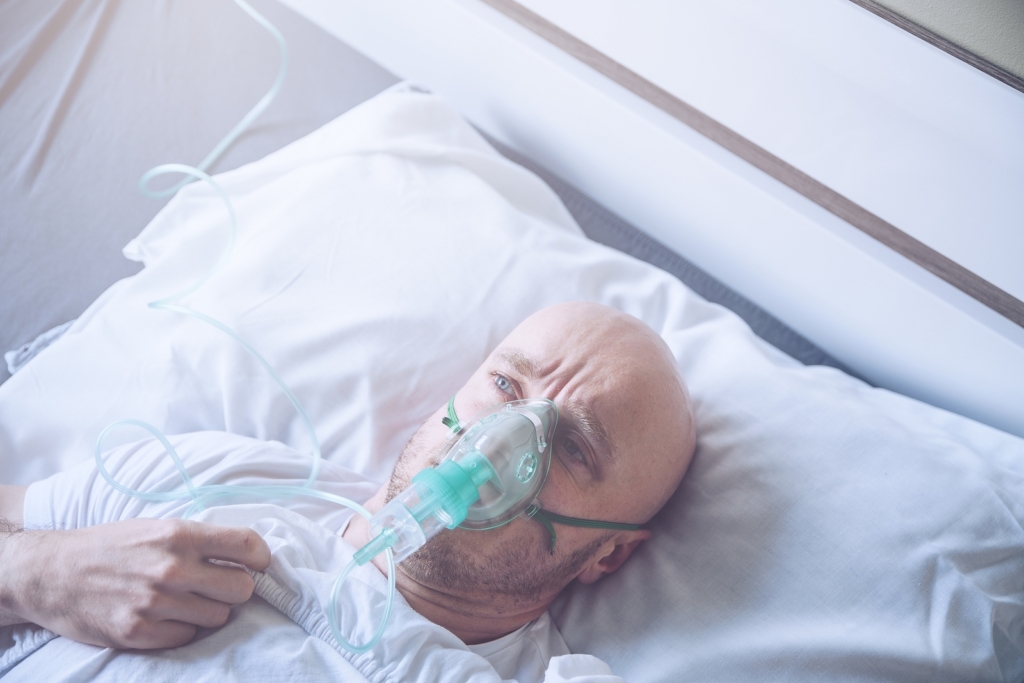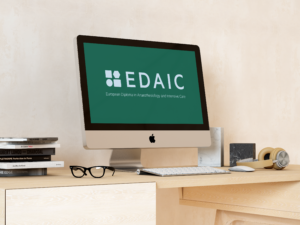Newsletter 2022
Newsletter February 2022: PROtective ventilation with high versus low PEEP during one-lung ventilation for THORacic surgery
An international multicentre double-blinded randomized controlled trial of 2378 patients
Join the largest study on intraoperative mechanical ventilation ever
and become a collaborative co-author!
One-lung ventilation (OLV) is required to allow thoracic surgery. However, OLV can result in severe hypoxemia, requiring a mechanical ventilation approach that can maintain adequate gas exchange, while protecting the lungs against postoperative pulmonary complications (PPC). During OLV, the use of lower tidal volumes is helpful to avoid overdistension but can result in the
formation of atelectasis and repetitive collapse and reopening of lung units, particularly at low levels of positive end-expiratory pressure (PEEP). Anaesthesiologists inconsistently use PEEP and recruitment manoeuvres (RM) in the hope to improve oxygenation and protecting against PPC. Up to now, it is not known whether high levels of PEEP combined with RM are superior to lower PEEP without RM to protect from PPC during OLV.
We hypothesise that intraoperative mechanical ventilation using high PEEP with periodic RM, as compared to low PEEP without RM, will prevent PPC in patients undergoing thoracic surgery with OLV. The results of the trial will impact our daily clinical practice and potentially improve the postoperative outcomes of our patients.
How to get involved:
Your centre cares for patients undergoing OLV for thoracic surgery and you want to be part of our team, please contact the international trial coordinator at Jakob.wittenstein@ukdd.de. Please also visit the trial website at http://prothor.info
Your site is eligible for a collaborative co-authorship for every 20 patients included in the study plus a further collaborative co-authorship for the local principal investigator. Furthermore, you can perform your own sub-study, together or with other sites, upon application to the steering committee.











